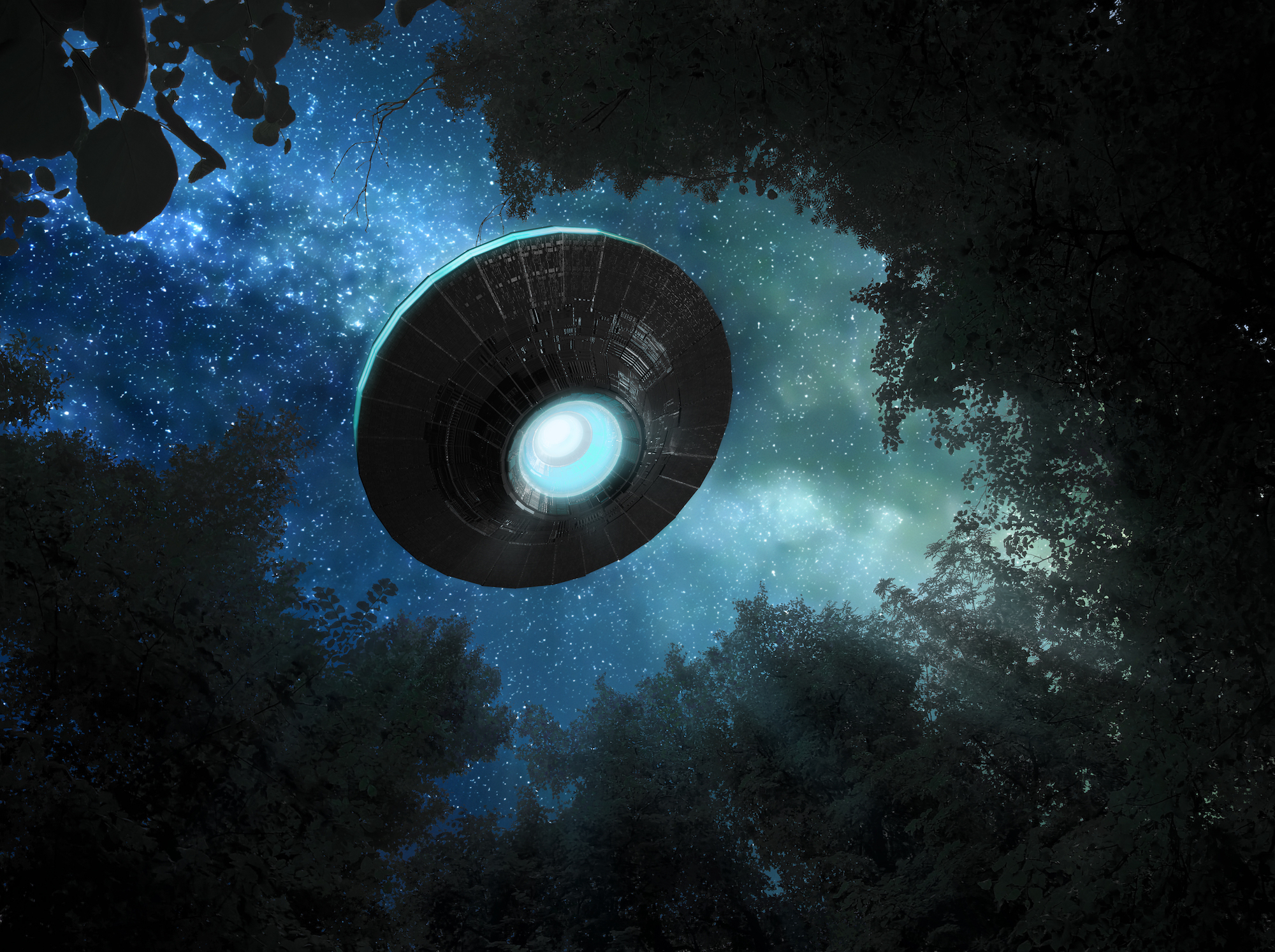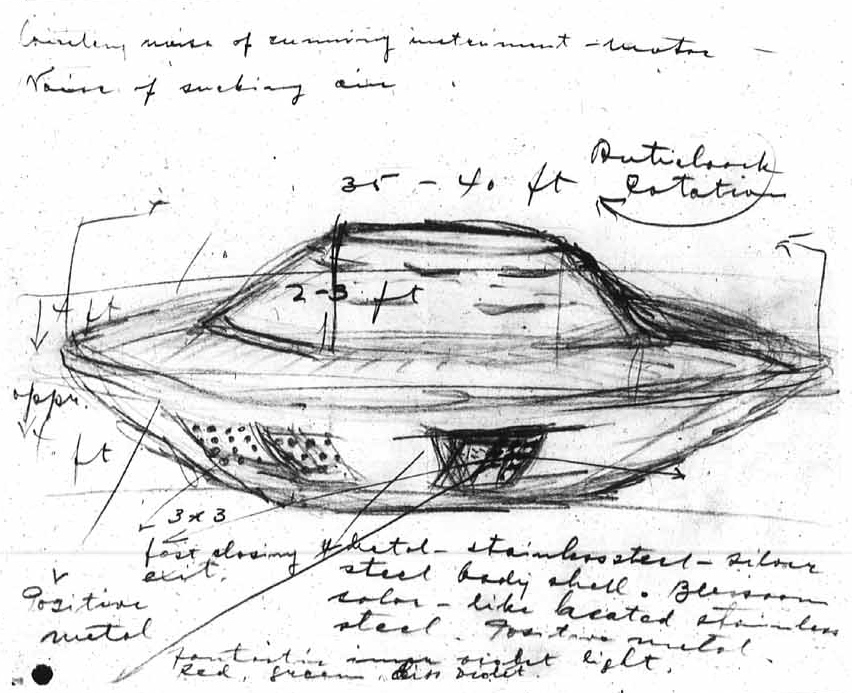Thousands of Government UFO Reports Now Available at Canadian University
A private UFO enthusiast has donated his collection of 30,000 documents to the University of Manitoba in Canada. The truth is in there.

The skies of northern Canada are home to plenty of mysterious phenomena (just ask our good buddy "Steve"), including no shortage of alleged UFO sightings. Now, truth seekers at the University of Manitoba in Winnipeg may have a busy winter ahead of them, thanks to a recent donation of more than 30,000 UFO-related documents to the school's archives.
The donation comes courtesy of Chris Rutkowski, a science writer and prolific Canadian ufologist. Rutkowski's collection includes more than 20,000 UFO reports filed over the past 30 years, plus more than 10,000 UFO-related documents from the Canadian government, according to a statement from the University of Manitoba. Many of these documents concern an infamous UFO encounter known as the Falcon Lake incident — an encounter that Rutkowski calls Canada's "best-documented UFO case."
Related: 7 Huge Misconceptions About Aliens
"It even beats Roswell [the alleged flying saucer spotted over New Mexico in 1947] because the United States still doesn't recognize that anything happened in Roswell," Rutkowski told the CBC. The Falcon Lake incident, meanwhile, struck both U.S. and Canadian officials as unusual — and unexplainable.
The incident occurred on May 20, 1967, when an amateur geologist named Stefan Michalak was prospecting for quartz near Falcon Lake in Manitoba — the Canadian province that begins above North Dakota and stretches nearly 800 miles (1,200 kilometers) into the frigid north. During his survey, Michalak was startled by a flock of agitated geese swooping past him. According to Michalak's numerous retellings of the story, the geese were apparently fleeing from two glowing, cigar-shaped objects in the sky. One of the objects flew off, and the other landed on a rocky terrace nearby.

Michalak spent some time sketching the mysterious craft (those sketches, now part of the University of Manitoba's collection, show a quintessential flying saucer) before finally approaching it. The air was warm and smelled of sulfur, and the craft was noisy with whirrs and hisses. The saucer was hot to the touch — so hot it burned the tips of Michalak's gloves, he said. It sounded like there were voices coming from within.
When Michalak looked into the craft through an open door, he expected to see a team of U.S. military pilots. Rather, he saw little more than a panel of blinking lights before the door closed, the craft rotated and a grid-like pattern of tiny holes in the ship's exterior sprayed his abdomen with scorching-hot gas.
Sign up for the Live Science daily newsletter now
Get the world’s most fascinating discoveries delivered straight to your inbox.
The attack set Michalak's shirt and hat ablaze, and left him with first-degree burns on his stomach that echoed the ship's grid-like pattern. A hospital in Winnipeg treated his burns, which later rose into welts, and he suffered headaches, diarrhea and blackouts for several weeks after. Michalak relayed the incident to both U.S. and Canadian authorities, and he eventually completed a physical and psychological evaluation at the Mayo Clinic in Minnesota. The clinic determined that Michalak was of sound mind and not hallucinating.
Years later, a twisted piece of metal was recovered from the alleged Falcon Lake landing site. Tests showed the metal to be highly radioactive. To this day, neither the Canadian nor U.S. military has been able to explain the event.
All of Rutkowski's records on the Falcon Lake incident — plus thousands of other reported UFO encounters — will soon be available at the University of Manitoba's Archives & Special Collections. Got a few bucks to spare for the unknown? The school has launched a crowdfunding campaign to help digitize these documents.
- The 12 Strangest Objects in the Universe
- 15 Unforgettable Images of Stars
- 9 Strange Excuses for Why We Haven't Met Aliens Yet
Originally published on Live Science.

Brandon is the space/physics editor at Live Science. His writing has appeared in The Washington Post, Reader's Digest, CBS.com, the Richard Dawkins Foundation website and other outlets. He holds a bachelor's degree in creative writing from the University of Arizona, with minors in journalism and media arts. He enjoys writing most about space, geoscience and the mysteries of the universe.










